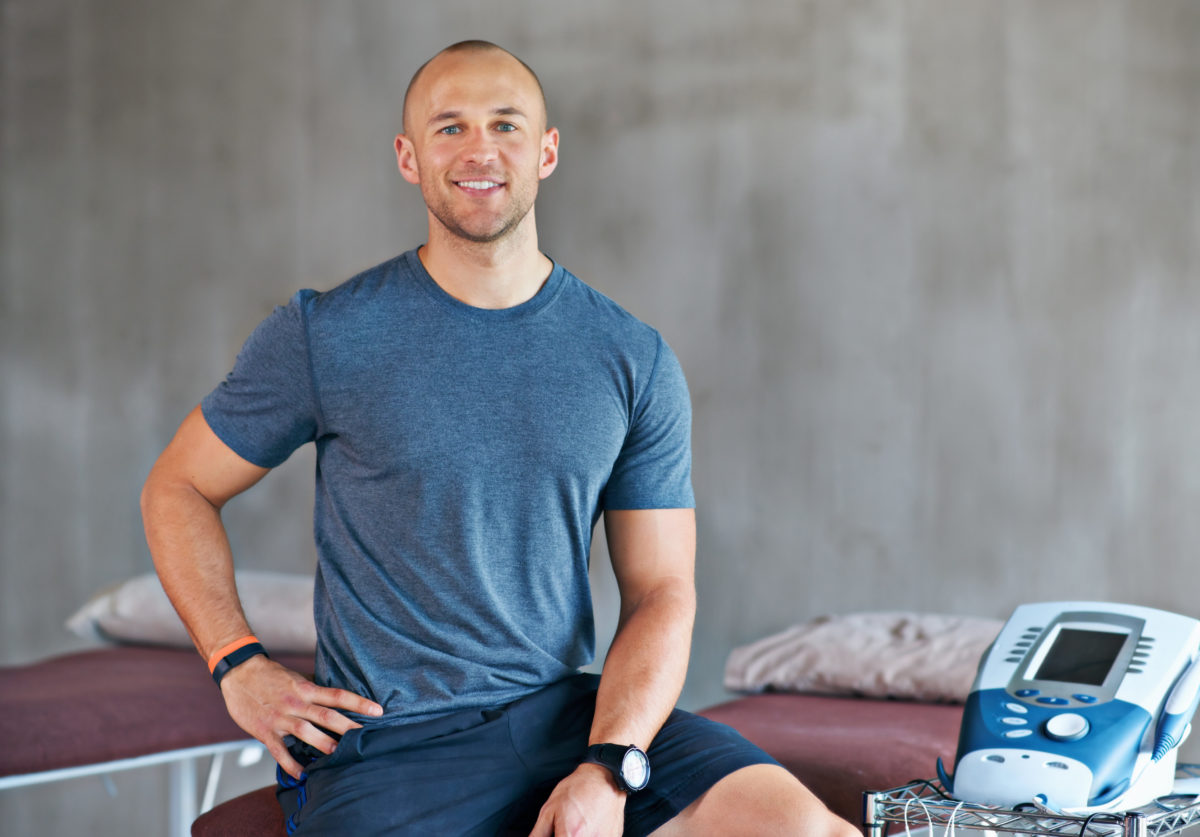
A basic understanding of how your body structures work will help them remain healthy and strong. Although some common injuries are accidental and are influenced by uncontrollable factors such as gender and variations in the anatomy and physiology of each individual, there are many ways to prevent the most common injuries. Knowing the causes of common injuries and prevention techniques may also lead to a reduction in the occurrence of injuries.
Acute vs. Overuse Injuries
The most common injuries to the human body are a combination of acute and overuse injuries. Acute injuries are characterized by a rapid onset of symptoms or a sudden exposure to trauma. Contrastingly, overuse injuries are characterized by a slow onset of symptoms and tend to worsen over a period of a time if left untreated.
Anatomy & Physiology
The shoulder is a complex of four joints that is capable of three different anatomical movements; 1.) flexion and extension, 2.) internal and external rotation, and 3.) abduction and adduction. The ultimate function of the shoulder complex is to facilitate movement of the arm. The soft tissue structures originating from the front and back of the scapula bone, which hold the humeral head (top of the upper arm bone) to the shoulder socket, form the rotator cuff, where a lot of shoulder injuries occur.
Causes and Types of Injury
The shoulder sacrifices stability for mobility so we can perform higher functionality tasks, such as a cartwheel and throwing a ball at great velocities. Since the shoulder requires the movement of four joints, the function of one affects the function of another.
- Shoulder Impingement Syndrome—Increased laxity of ligaments makes women more susceptible to shoulder impingement, especially female athletes whose activities require repeated overhead arm movements. Shoulder impingement occurs when the muscles and tendons of the shoulder are injured, causing swelling. Swelling causes the muscles and tendons to be squeezed between the bones of the shoulder joint. Signs of shoulder impingement include slow onset of pain in the upper shoulder or upper arm and difficulty sleeping on the shoulder. Pain may radiate down the upper arm to the elbow.
- Rotator Cuff Injuries—RC injuries can develop as a result of repeated impingement or can occur suddenly because of a fall on an outstretched hand, sudden trauma, or simply pulling bed covers over oneself. A small or partial tear may heal with rest, but a full thickness RC tear calls for surgical repair. Symptoms include pain along the outside aspect of the shoulder more significant in attempts to raise the arm. General weakness in elevating and externally rotating the arm is also common.
- Shoulder Dislocation—When a shoulder dislocates, the soft tissue structures are injured, the shoulder capsule is stretched, and it becomes increasingly easy for the shoulder to dislocate again. In fact, once a shoulder is dislocated, the chances of it dislocating again are 85% to 90%! Pain is intense and common and swelling, numbness, and weakness are also expected.
- Glenoid Labral Tear—Commonly known as a SLAP (superior labrum anterior and posterior) lesion, this is a common injury in overhead-athletes (i.e. volleyball players, swimmers, baseball players, tennis players), where repetitive force is placed on the shoulder joint. The glenoid labrum is cartilage that deepens and surrounds the glenohumeral joint. This area, where the biceps complex attaches to the superior glenoid labrum, can be the site of tears and detachments of the biceps. SLAP lesions are usually classified into four categories: Type I is just fraying of the superior glenoid rim. Type II is a detachment of the biceps anchor and of the attachments of the anterior and superior labrum from the superior rim. A type III tear is a bucket handle tear of the superior labrum without detachment of the biceps anchor to bone. Lastly, a type IV lesion is a type III tear with extension of the tear up into the biceps tendon itself.
Symptoms may include a dull, throbbing ache in the shoulder joint brought on by strenuous exertion and pain or a catching sensation in overhead athletes. The pathology, examination, and treatment all vary depending on the findings of the injury.
Preventative Methods
Although many of the reasons shoulder injuries occur are unpreventable, there are some things you can regularly do to reduce the risk of shoulder injury.
- Perform shoulder mobilization exercises (i.e., pendulum exercises).
- Perform shoulder flexibility exercises (i.e., internal and external rotation).
- Perform isometric (muscle contraction without joint movement) exercises.
- Stretch the upper body regularly, including arms, chest, upper back, neck, and shoulders.
- Talk to a specialist about appropriate bracing and/or taping methods to help prevent injury and reduce pain.
*If you are experiencing discomfort or recognize a sudden decrease in strength and/or stability, consult your doctor immediately about your symptoms and your possible need for physical therapy at a PT Northwest location.
References
- Siegel, I.M., M.D. (2002). All About Joints: How to Prevent and Recover from Common Injuries. New York: Demos Medical Publishing, Inc.,
- Quinn, E. Shoulder Tendonitis, Bursitis, and Impingement Syndrome. Updated 26 June 2008. Date accessed 15 February
- Pfeiffer, R.P., & Mangus, B.C. (Ed.) (2008). Concepts of Athletic Training. (5th ed.). Sudbury, Massachusetts: Jones and Bartlett Publishers.,
- McFarland, E.G. (2006). Examination of the Shoulder: The Complete Guide. New York: Thieme Medical Publishers, Inc. p. 216-217.
- Lamb, D.R., Gisolfi, C.V., & Nadel, E. (Ed.). (1995). Perspectives in Exercise Science and Sports Medicine: Exercise in Older Adults, 8.
